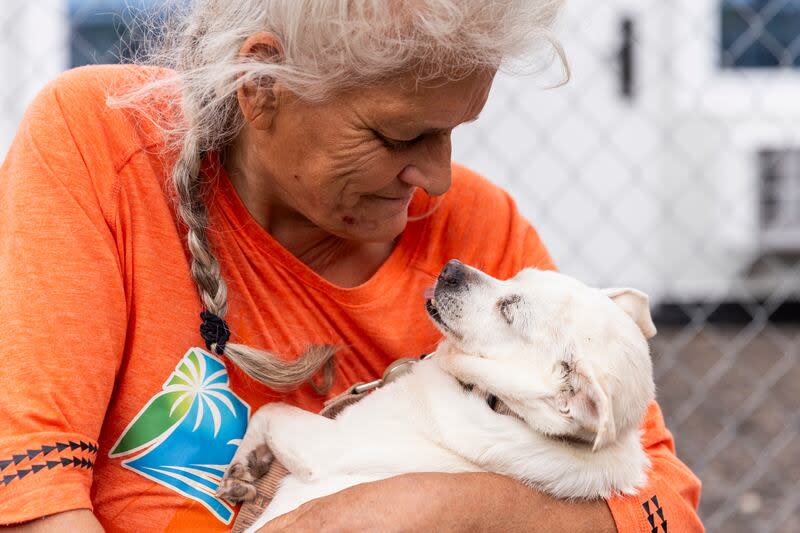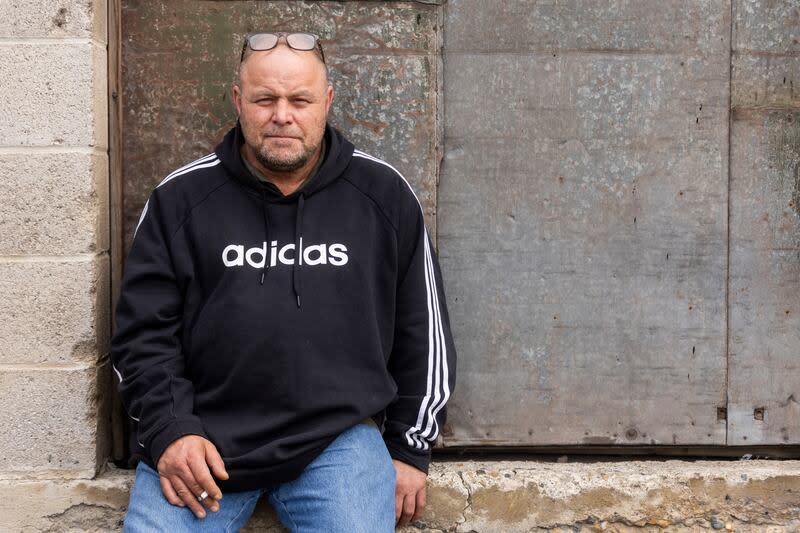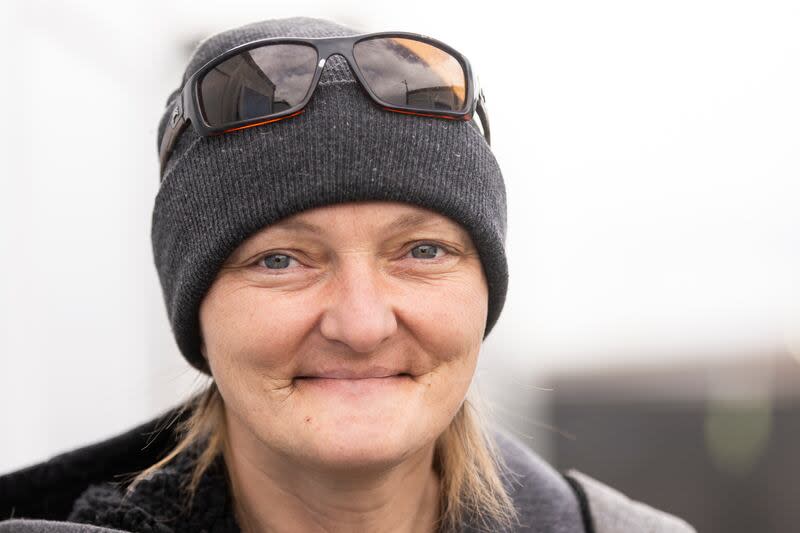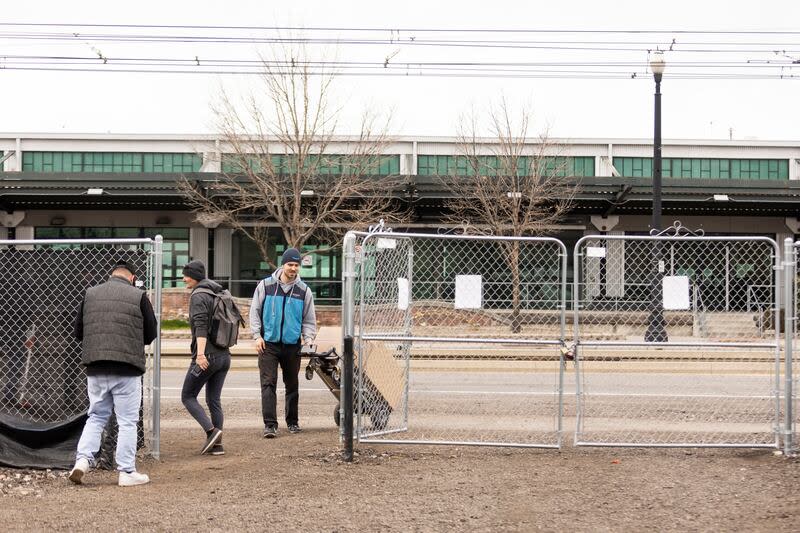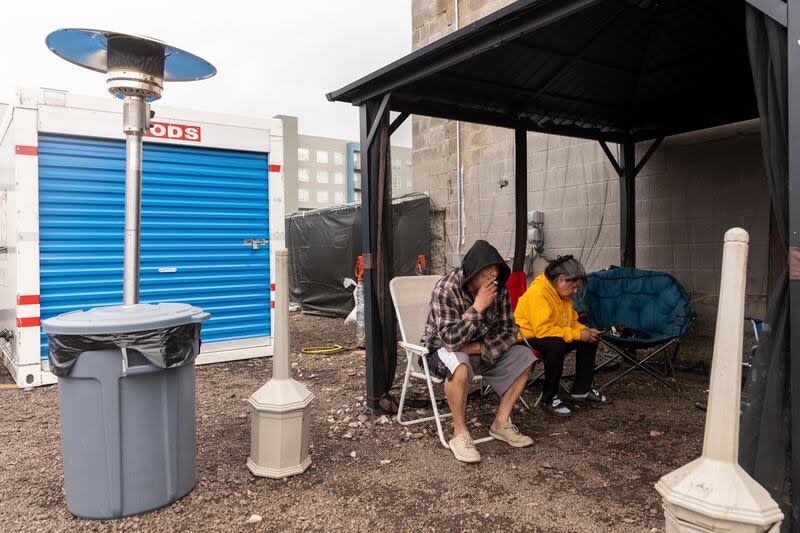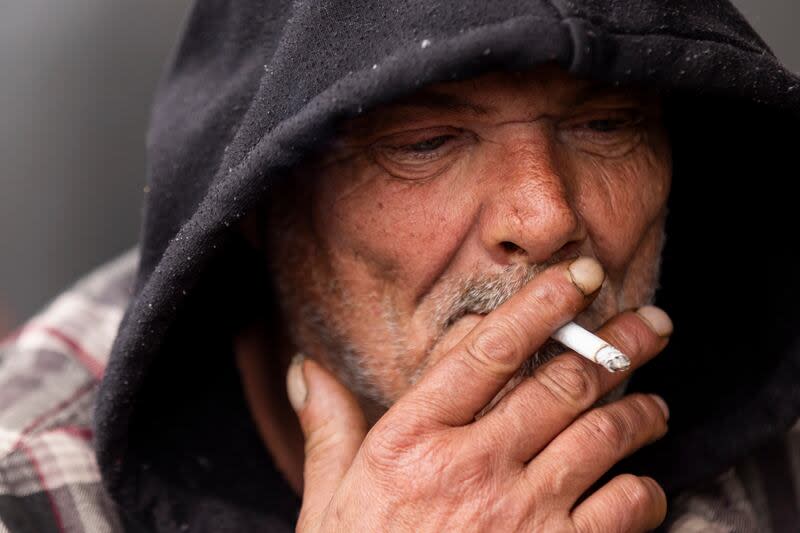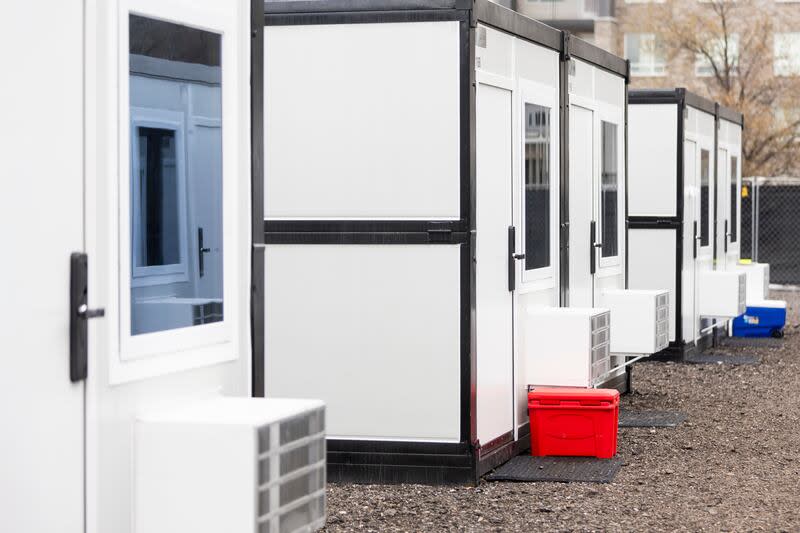Microshelters’ move to state-owned land may be pushed back until summer
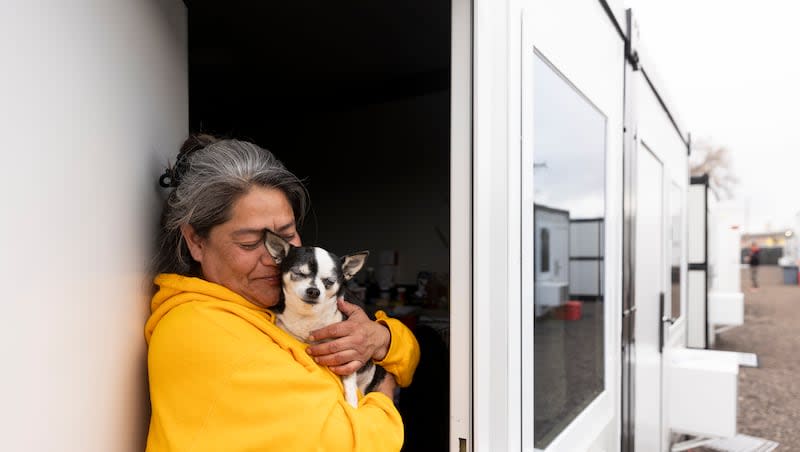
The planned relocation of 25 microhousing units in Salt Lake City that serve people experiencing homelessness will likely be pushed back to mid-summer.
The 25 pods, which have two dwelling spaces each, are currently located on Salt Lake City’s Redevelopment Agency land at 300 S. 600 West.
Initial plans envisioned they would be relocated to state-owned by the end of April but that was later pushed back to the end of May after the community’s launch was about a month delayed.
At a minimum, the Salt Lake City Council would need to extend or authorize a temporary land use resolution that permits the continued placement of the microshelters, said Andrew Johnston, Salt Lake City’s director of homeless policy and outreach.
“The state right now is looking at not being able to open their second phase starting in May necessarily, probably in the summer at some point. So that’s brand new information based on what came out of the legislative session so we still need to talk with the state a little more about their plans, details, funding availability and what that means for this particular first phase of that location,” Johnston said during a city council work session earlier this month.
Johnston told the council at a subsequent meeting that both the microshelter community and a planned 600- to 800-bed low-barrier emergency shelter will be key components of the state’s system of homeless services.
A low-barrier emergency shelter provides “immediate and easy access to shelter by lowering barriers to entry and staying open 24/7; eliminating sobriety and income requirements and other policies that make it difficult to enter shelter, stay in shelter, or access housing and income opportunities,” according to the National Alliance to End Homelessness.
Earlier this year, the Utah Legislature appropriated $25 million toward the low-barrier shelter. Its location has yet to be determined.
“I think that is a high priority from our discussions with the governor’s office and internally through the entire (legislative) session. That was a high priority for everybody to ensure we had more year round beds and, as much as we possibly could, not recreate the winter shelter model we’ve had,” Johnston said.
According to Wayne Niederhauser, state homeless coordinator, the microshelter project is anticipated to be relocated this calendar year to Utah Department of Transportation property at 700 W. 500 South in Salt Lake City.
Placement of the microshelters on the city RDA land was always considered temporary. But planning for their relocation was on hold “until we knew what our legislative funding was. It just takes some time to plan and implement construction improvements for a long-term site,” Niederhauser said.
Switchpoint, a nonprofit with shelters in St. George and Tooele, operates the microshelter community under a state contract. The $860,000 contact runs until May 31, but “we are beginning to extend the contract,” Niederhauser said.
Once the state site is prepared, the number of units could double.
Each microshelter dwelling is equipped with heating, a bed, outlets, air conditioning and lighting. The units are occupied by a single resident.
“We are in the design phase. Up to 100 units has been our goal. The current pods are state owned, as will be any additions,” Niederhauser said.
